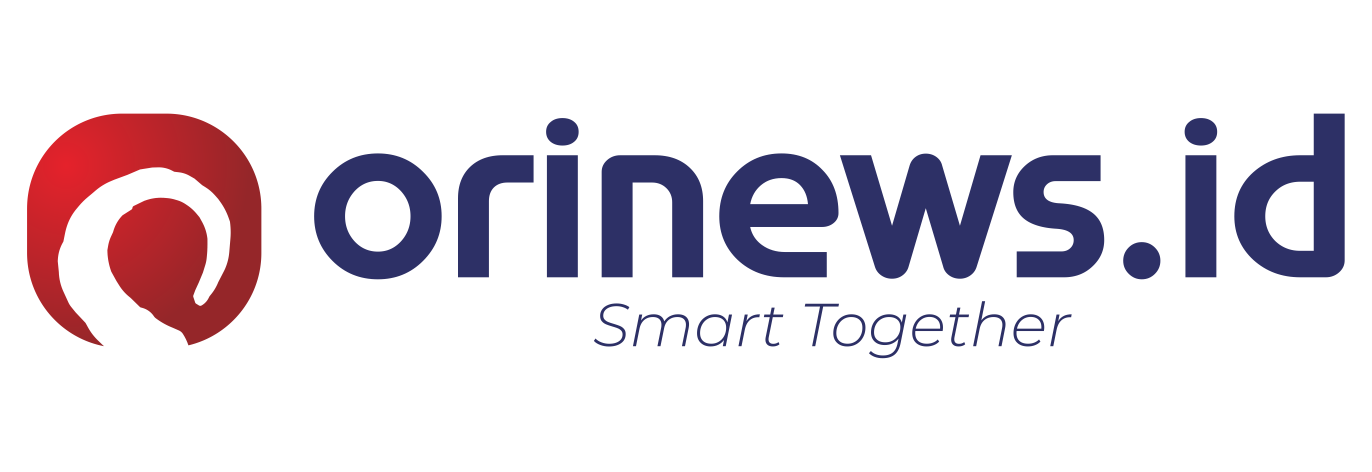Brokers in the Forex and CFD industry face evolving regulatory challenges that demand cutting-edge solutions. Embracing technology is crucial for compliance, streamlining operations, and maintaining market competitiveness. Advanced tools are reshaping how brokers approach global regulatory requirements, ensuring accuracy and efficiency.As a broker, you encounter an array of complex global regulations that can be daunting. Navigating these rules requires a robust digital infrastructure capable of supporting compliance efforts. Liquidity management plays a vital role in achieving this by enhancing operational efficiency. It is crucial to understand the technological tools available that help meet regulatory standards and ensure seamless trading experiences for clients.
Technological solutions for compliance
In today’s fast-paced trading environment, advanced reporting tools are indispensable for brokers striving to meet stringent regulatory requirements. These tools enable the accurate tracking and documentation of trades, which is crucial for compliance with international standards. By automating reporting processes, brokers can reduce human error and enhance data accuracy, allowing for swift adaptation to regulatory changes.
Another key component in ensuring compliance is the implementation of liquidity management mechanisms. These systems help brokers maintain market stability by managing the flow of assets effectively. This not only aids in meeting regulatory demands but also supports smoother transaction processes, leading to improved client satisfaction and trust.
Modern compliance technology also incorporates artificial intelligence and machine learning capabilities to detect suspicious trading patterns and potential regulatory violations. These sophisticated systems can analyse vast amounts of transaction data in real-time, flagging anomalies that might indicate non-compliant behaviour. By implementing these AI-driven solutions, brokers can maintain a proactive stance on regulatory compliance while reducing the manual workload on their compliance teams.
Click here to preview your posts with PRO themes ››
Leveraging technology for market agility
Integrating digital trading infrastructure enhances a broker’s ability to monitor market movements and anticipate potential regulatory changes. Such technology allows brokers to remain agile in adapting their operations, ensuring continued compliance with evolving global regulations. Automated trading systems, for example, allow brokers to respond rapidly to market fluctuations, keeping operations within regulatory boundaries while optimising performance.
Furthermore, advanced analytics platforms provide real-time insights into trading activities, enabling brokers to proactively identify and address compliance risks. This proactive approach not only mitigates risks but also enhances a firm’s reputation within the industry.
Cloud-based solutions have become increasingly vital in maintaining market agility and regulatory compliance. These platforms offer scalable infrastructure that can be quickly adjusted to accommodate new regulatory requirements or market conditions. Cloud technology also enables brokers to maintain robust disaster recovery systems and ensure data sovereignty compliance across different jurisdictions, making it easier to expand into new markets while maintaining regulatory alignment.
Practical considerations
When integrating technology into your compliance strategy, it is essential to assess the specific needs of your brokerage firm. Understanding which tools align best with your operational goals will ensure seamless integration and maximum benefit from digital solutions. Investing in scalable platforms can future-proof your operations against evolving regulations.
Additionally, training your team on new technologies is vital to ensure smooth implementation and consistent compliance practices across all levels of your organisation. This includes fostering a culture that prioritises transparency and continuous learning about the latest regulatory developments.
Your choice of technology should also facilitate efficient data management, enabling easy retrieval and analysis when required by regulators. By doing so, you streamline your response process during audits or inquiries, minimising disruptions to business operations.
Click here to preview your posts with PRO themes ››
Regular technology audits and updates are crucial components of a successful compliance strategy. Brokers should establish a systematic review process to evaluate the effectiveness of their technological solutions and identify areas for improvement. This includes assessing the integration capabilities of different systems, ensuring cybersecurity measures meet current standards, and validating that all compliance-related technology aligns with the latest regulatory requirements across operating jurisdictions.













































